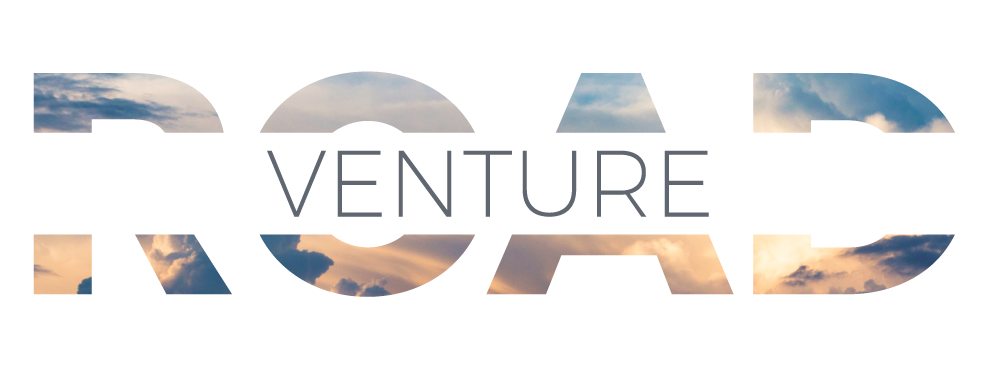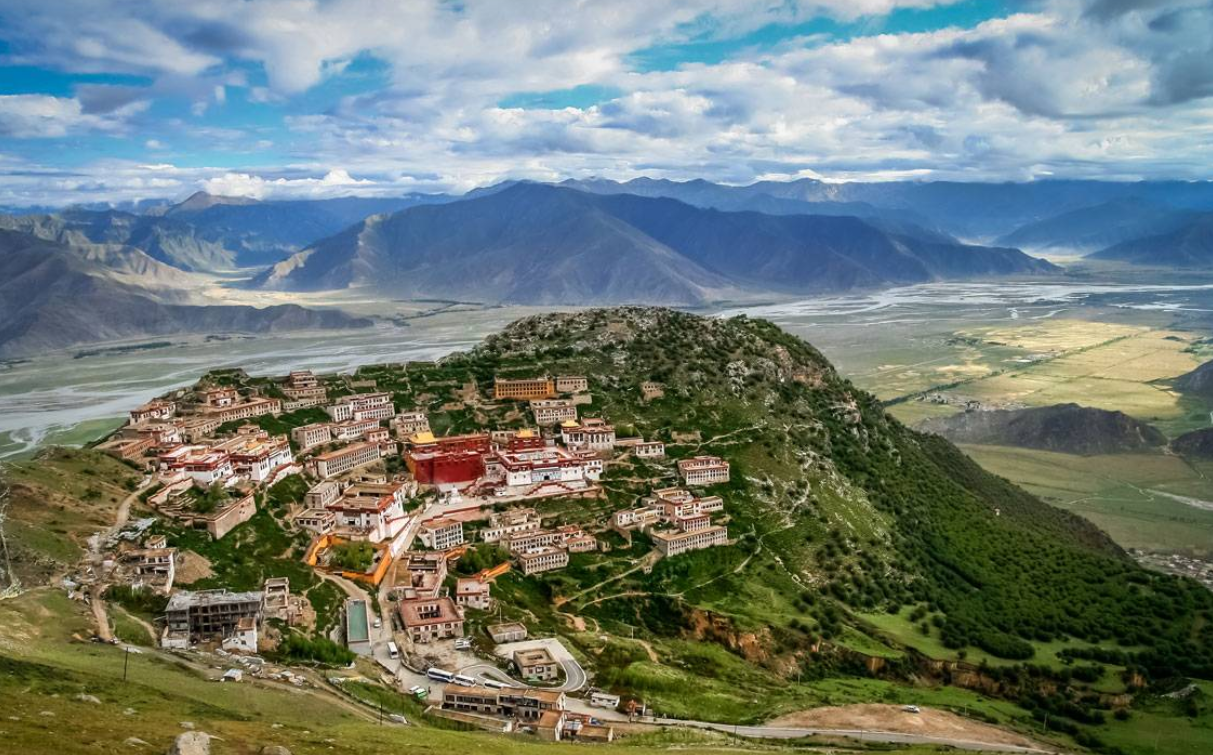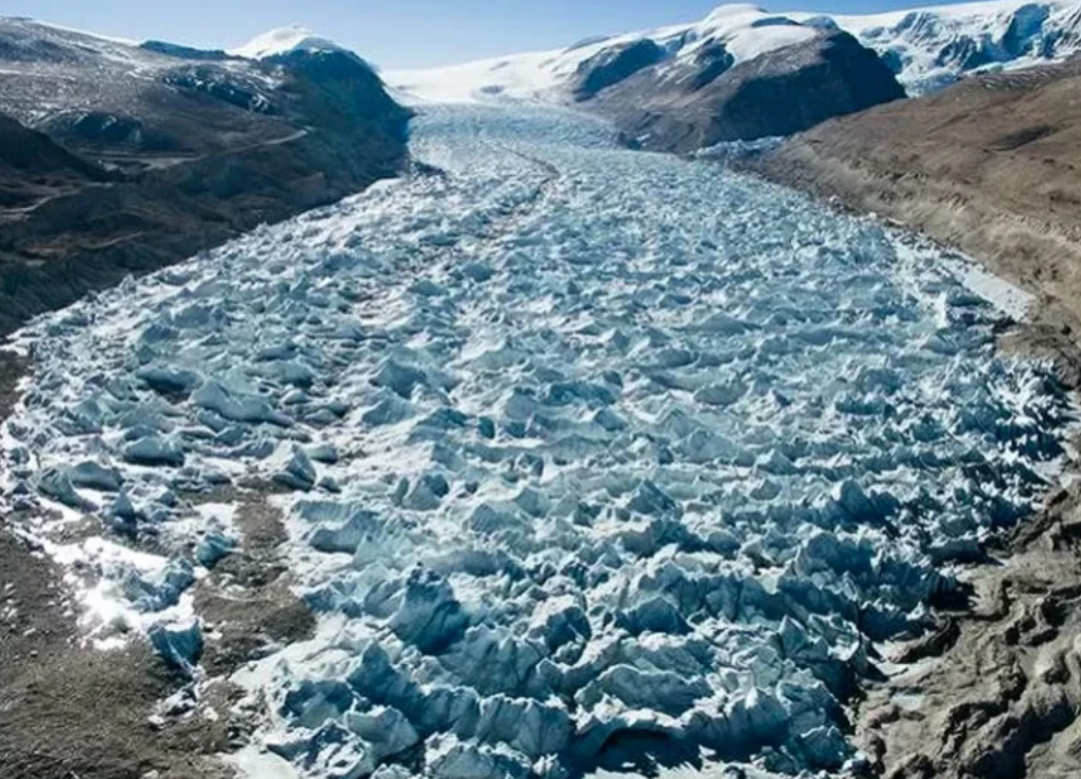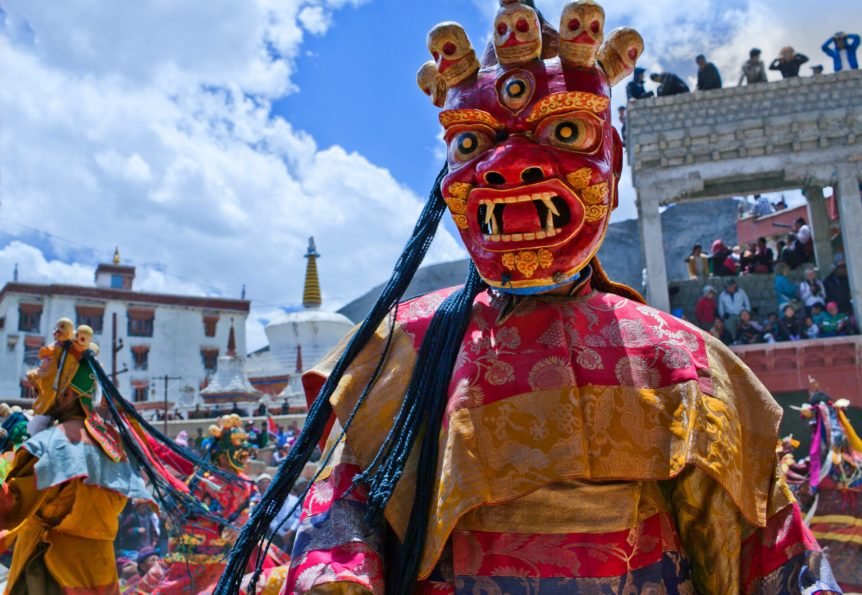The Roof of the World
Would you have guessed that the highest region on Earth, aptly nicknamed 'The Roof of the World,' is standing at 3 miles above sea level? Tibet, with an average elevation of 14,000 feet, is located in the Himalayas. and its highest elevation is Mount Everest, Earth's highest mountain, rising 29,032 feet above sea level!
Religion in Tibet
The main religion in Tibet has been Buddhism since the 8th century AD. At one time there were more than 6,000 monasteries serving as centers for worship, pilgrimage, and the study of painting, sculpture, embroidery, music, dance, history, chant and ritual. Today, there are approximately 1,700 monasteries in Tibet with around 85 still fully functioning. Many of the monasteries are built on the tops of mountains and hills, or on the cliff sides of the highest mountains. In Tibetan Buddhism, mountains are believed to be where the earth meets the heavens, and it is believed that deities reside on these mountains, making them holy places for worship.
Ganden Monastery Source: Himalayan Dreams
Potala Palace Source: Britannica
The Third Pole
This is how glaciologists refer to the Tibetan plateau, home to the vast Hindu Kush-Himalaya ice sheet, because it contains the largest amount of snow and ice after the Arctic and Antarctic.
20% of the world’s population depends on the flow of fresh water from Tibet.
Tibet and its glaciers serve as the source of 10 major Asian river systems flowing into 10 countries, including many of the most densely populated nations in the world: China, India, Vietnam, Cambodia, Laos, Thailand, Burma, Bangladesh, Nepal, Bhutan, and Pakistan.
A quarter of its ice has been lost since 1970. Information can be found online if you would like to read further into the steps being taken and the steps needed to protect these ice sheets.
Source: Central Tibetan Administration
Festivals in Tibet
Tibetans love festivals and there is an important festival almost every month. Some of these festivals last one to two days, while others can be more than 10 days.
Tibetan New Year is by far the most important festival in Tibet. Like the Chinese New Year, it is an occasion for family reunions and many prayer activities. Tibetan New Year is known as Losar (which means “new year”). Losar Festival starts from the first to third day of the first month of the lunisolar Tibetan calendar. The Festival start date is a day in either February or March in Gregorian Calendar (Tibetan Calendar is very similar to Chinese Calendar and the Chinese New Year and Tibetan New Year dates are quite near if not on the same day).
Although Losar is deeply associated with Tibet Buddhism, it actually predates the arrival of Buddhism to Tibet. During Losar, people celebrate by some ancient ceremonies usually revolving around the good versus evil struggle theme. During Losar, you will see many outdoor activities such as Lamas passing fire torches through the crowds, dance performances of the, amusing battles between the king and his ministers and a lot of singing, and merrymaking.
An image captured during the New Year (Losar) Festival. Source: Extravagant Yak
The Shoton Festival is full of ethnic songs and dances along with famous Tibetan opera performing at Norbulingka Palace. Hundreds of thousands of Tibetans gather at Drepung Monastery and Sera monastery to see the famous Buddha Thangka. The origin of the Shoton Festival stems from Tsongkhapa. Tsongkhapa master had initiated a rule on monks to concentrate on meditation in monasteries from April to June according to the Tibetan lunar calendar to avoid killings and earning demerits during those days. After finishing these days, the local Tibetan laymen used to serve them curds, perform Tibetan opera, and go for picnics, and later it developed into a new festival in Tibet.
An image captured during the Shoton Festival. Source: Tibet Tourism
The most famous festivals are Tibetan New Year, Butter Lamp Festival, Great Prayer Festival, Saga Dawa, Shoton Festival, Horse Racing Festival, Bathing Festival, Onkor/Harvest Festival, but there are many more....
There is so much worth knowing about the history, culture, politics, environment and people of Tibet. We invite you to read more or travel to Tibet with us in the future.





